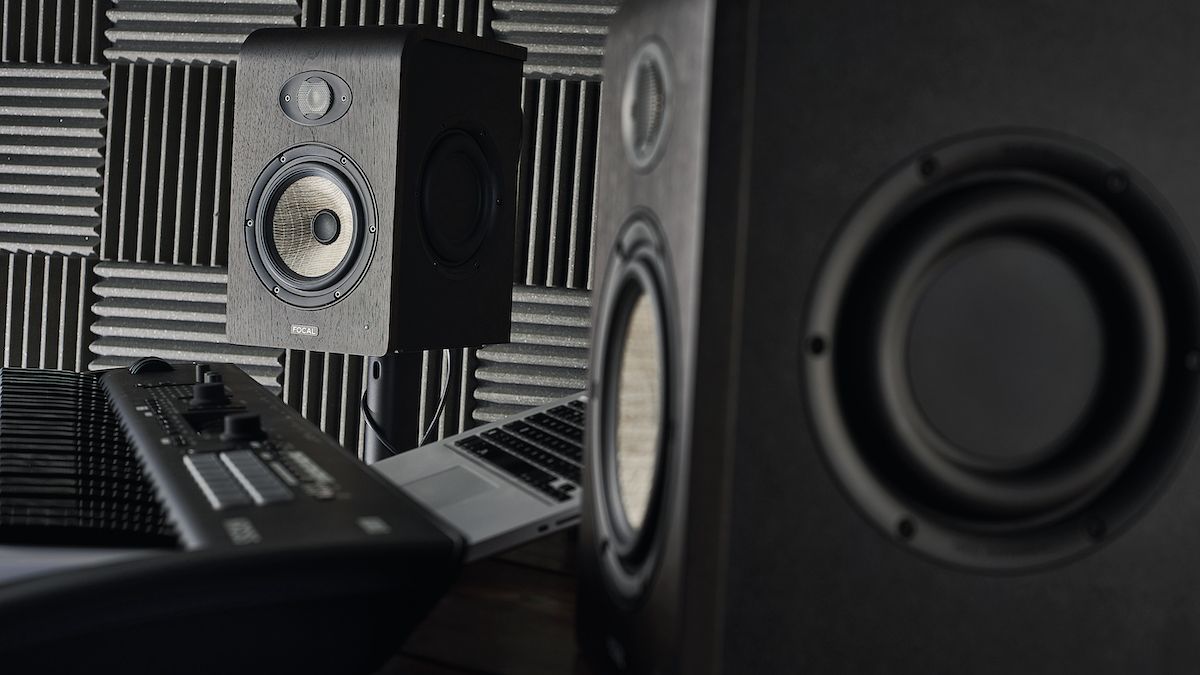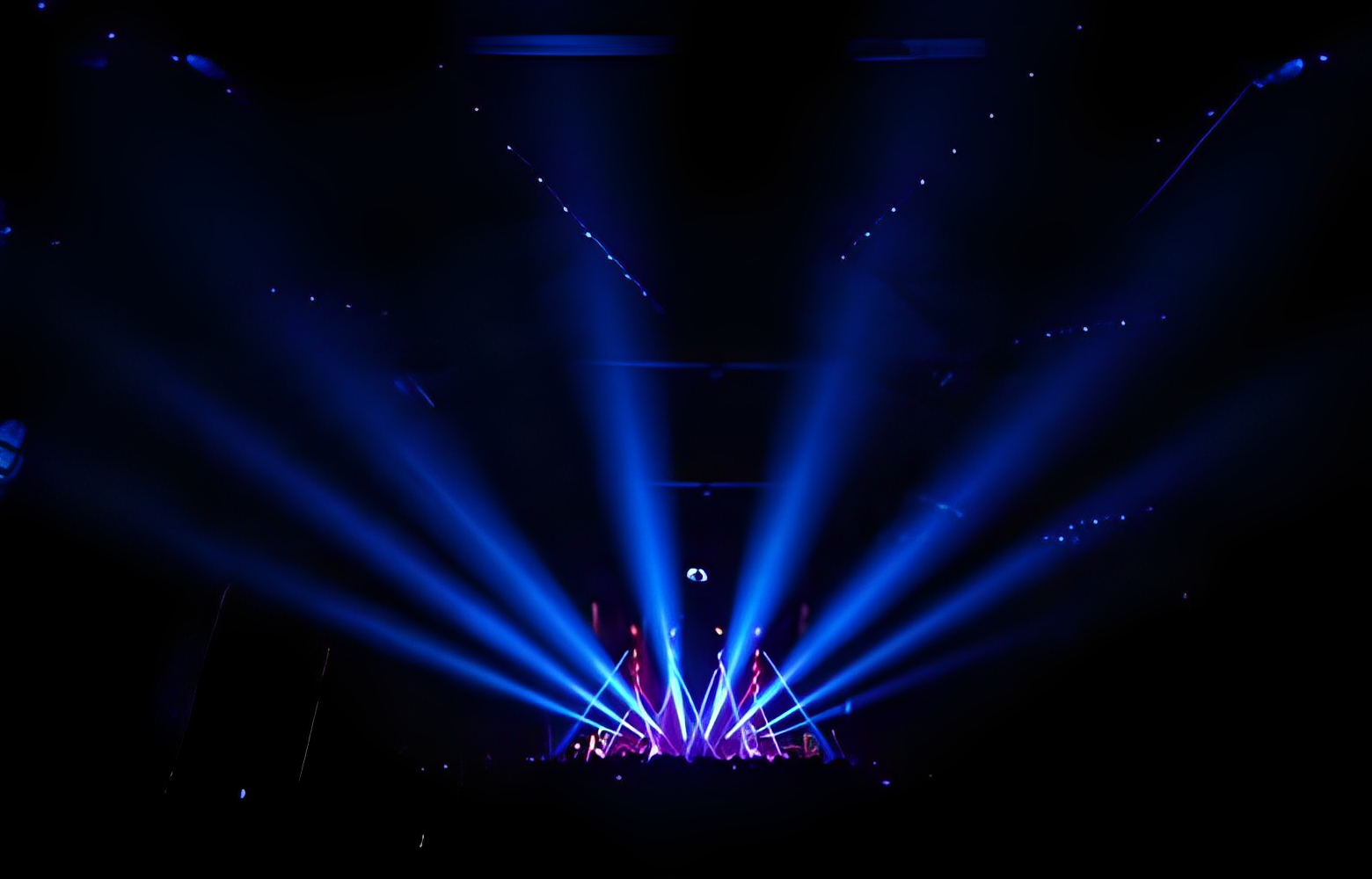Studio Monitors are a significant component of any proficient sound setup, whether you’re a prepared music maker, a budding artist, or a sound builder. These specialized speakers are outlined to supply precise and straightforward audio reproduction, permitting you to create educated choices regarding the quality of your recordings and blends. However, with a broad run of alternatives accessible, selecting the correct studio Monitors can be an overwhelming errand. In this article, we’ll investigate the key components to consider when choosing good studio monitors. For more information about good studio monitors, visit Home Music Studio Blog.
Budget Contemplations
Sometime recently, jumping into the heap of studio screen alternatives, it’s fundamental to set up a reasonable budget. Studio Monitors come in different cost ranges, and whereas it’s enticing to spend lavishly on the foremost costly models, there are Good choices accessible at each cost point. Setting a budget will offer assistance to control your preferences and guarantee you get the finest esteem for your cash.
Dynamic vs. Detached Monitors
Studio Monitors are ordinarily categorized as either dynamic or detached. Active Monitors have built-in enhancers, making them less demanding to set up and perfect for apprentices. Inactive Monitors, on the other hand, require an outside speaker, advertising more adaptability but possibly including the, by and large, taking a toll. Your choice depends on your particular needs and inclinations. Dynamic Monitors are frequently more helpful and a prevalent choice for domestic studios.
Speaker Measure
The estimate of the studio monitor’s speaker, often considered the driver measure, is an imperative thought. In common, more giant speakers deliver more profound bass frequencies, whereas smaller ones exceed expectations at mid and high frequencies. A common choice for studio Monitors may be a 5-inch or 8-inch driver, but the perfect estimate depends on your pards. Littler speakers might suffice for a home studio, whereas bigger ones may be fundamental for more extensive blending situations.
Recurrence Reaction
The recurrence reaction of studio Monitors may be an essential cal calculation in deciding their appropriateness for your needs. A level and amplified recurrence reaction is alluring because it guarantees precise sound propagation. You’ll want studio Monitors that can loyally duplicate the whole of being heard range, from the profound bass frequencies (around 20 Hz) to the fresh treble (up to 20 kHz). Guarantee the Monitors you select to have a reaction that suits the sort of sound work you’ll be doing.
Acoustic Environment
The acoustic environment of your studio space plays a critical part in selecting the correct studio Monitors. On the off chance that your workspace has acoustic issues, such as reflections and standing waves, it can influence the way sound is seen. In such cases, consider Monitors with built-in room calibration or redress highlights that can offer assistance in relieving these issues—also, contribute to acoustic treatment for your studio to make a more controlled environmental tuning.
Nearfield vs. Midfield Monitors
Studio Monitors can be categorized into nearfield and midfield Monitors based on their planning tuning in remove. Nearfield Monitors are outlined for tuning in at a near run, ordinarily inside 3 to 55 feet. They are well-suited for little to medium-sized studios. Midfield Monitors are planning to tune in at a more prominent separate. Ordinarily, they are around 6 to 10 feet, making them reasonable for bigger control rooms or mixing spaces. Select Monitors that fit the estimate and layout of your workspace.
Brand Notoriety and Surveys
Investigate and accumulate data around distinctive studio screen brands and models. Seek out audits, client input, and proficient conclusions to gauge the quality and performance of the Monitors you’re fascinated by. Built-up and trustworthy brands regularly have a track record of creating high-quality items, but that doesn’t mean you ought to reject more current, inventive choices.
Network and Compatibility
Consider the network alternatives of the studio monitors. Most Monitors offer input alternatives, such as XLR, TRS, and RCA connectors. Guarantee the monitors you select are harmonious with your sound interface or other gear in your setup. The accessibility of different input alternatives can make your studio Monitors more versatile and adaptable to diverse designs.
Conclusion
Choosing Good studio Monitors may be a significant step in building a proficient sound generation environment. By carefully considering your budget, the type of Monitors (dynamic or passive), speaker estimate, recurrence reaction, acoustic environment,tuning-inn remremovalrand notoriety, and network options, you’ll make an educated choice. The correct studio monitors will provide precise and straightforward sound generation, empowering you to form high-quality recordings and mixes. Take your time to investigate and test distinctive models, and eventually, your determination ought to adjust along with your particular needs and inclinations.
Stay Visit us for the Latest Entertainment News.








